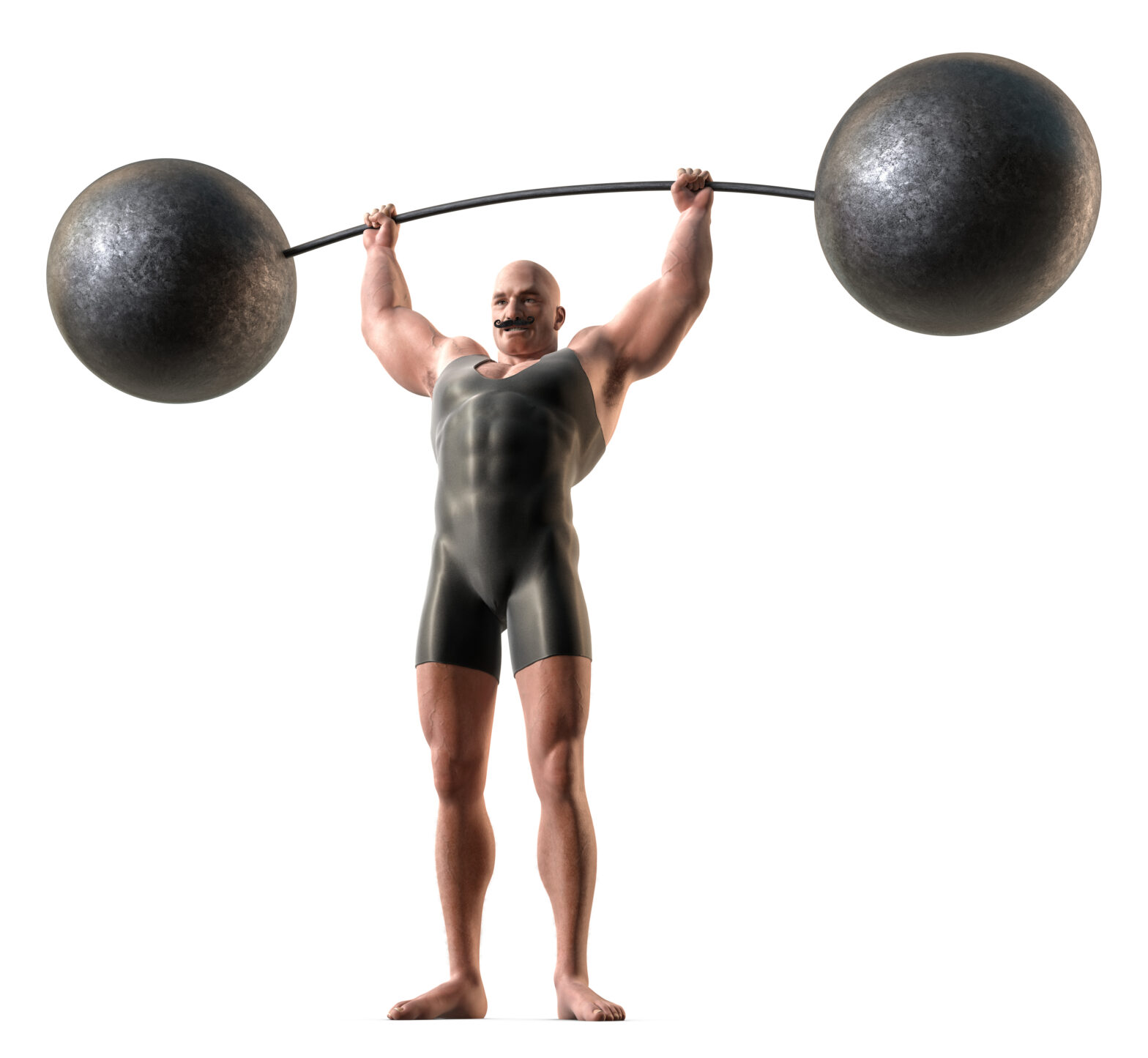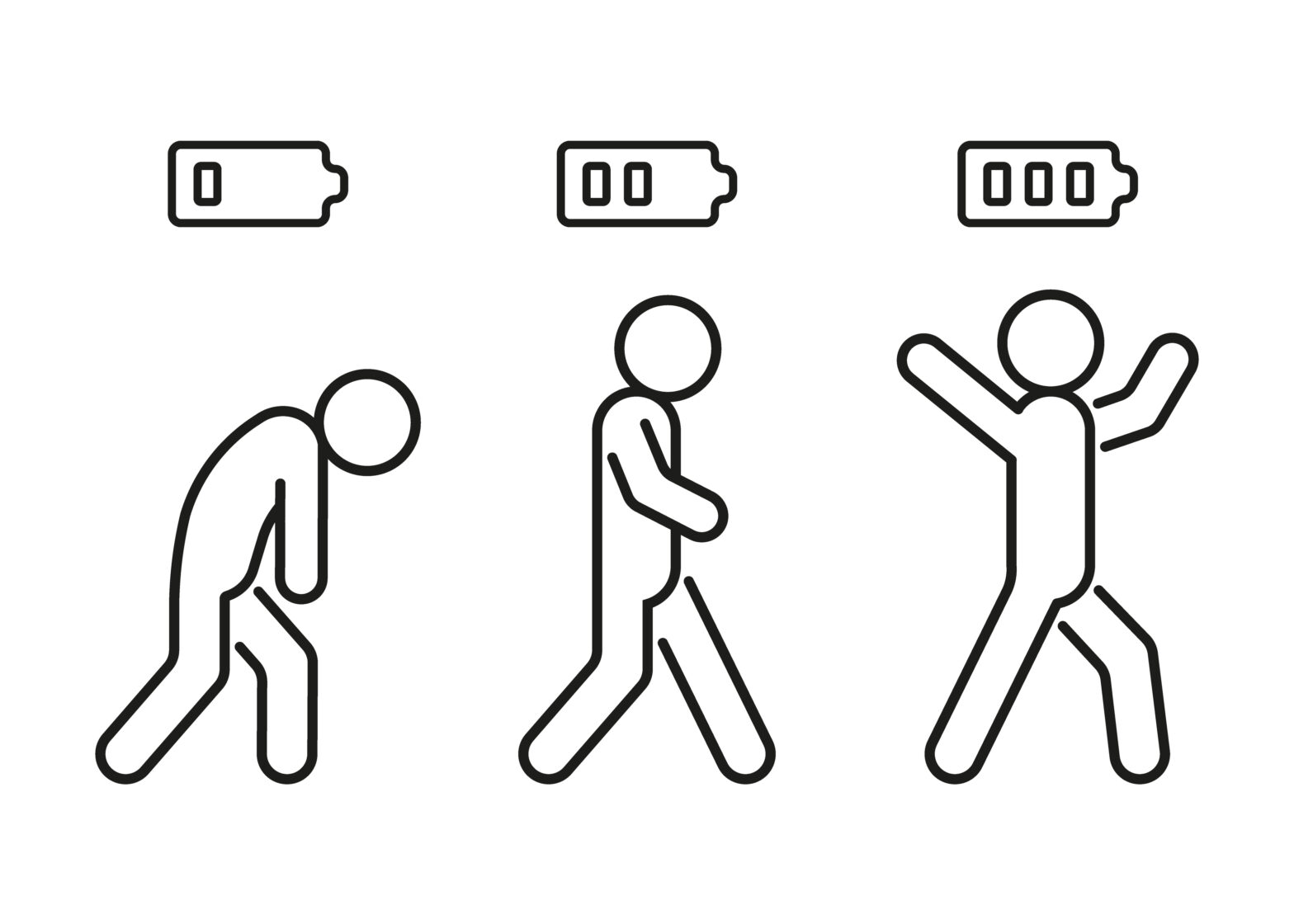Stop Wasting Time Exercising Part II

In Part 1 of the “Stop Wasting Time Exercising” series, I shared how an hour of cardiovascular exercise should include your shower, and maybe even transportation to and from the gym.
Let’s be honest though, you’ve probably figured out how to go for a walk, run, or other heart-pounding activity in less than an hour.
When it comes to resistance training (lifting weights), it gets a little more challenging.
While any amount of resistance training can improve your health and vitality, my high performing clients have seen the best results-to-time ratio in about 40-45 minutes of resistance training 3, sometimes 4 days per week.
When I say “results”, I mean, they FEEL and LOOK like they resistance train.
It’s a short enough time that they can still hold the single hour (with a shower) in their Outlook calendar, but is long enough to do a volume of work that brings significant change to their body.
There’s a lot we know about how muscles grow and take shape. When you can follow both scientific and practical principles, you can get better results in a shorter amount of time.
Use a Timer
One of the challenges of resistance training is that you have to give a lot of effort each time you lift a weight in order for it to signal to your brain to grow muscle.
To have this effort available for each set, you need to rest in between.
If you don’t rest long enough, your effort and output start to dwindle. Your level of fatigue eventually prevents you from repeating an effort that signals your brain to change.
On the other hand, if you rest too long, it’s hard to put enough training “stress” on your system for it to be compelled to change.
To overcome this challenge, I’ve helped my clients learn how to use a timer to optimize rest in between sets.
Depending on the specific exercise and their experience level, they set a timer for between 60 and 120 seconds.
For example:
Bench press: 4 sets of 10 repetitions
Timer is set for 2 minutes, repeated 4 times
They complete the first set (10 repetitions, probably around 20-30 seconds) then rest for the remainder of the 120 seconds (probably around 90-100 seconds), then begin the next set.
Repeat for the 4 sets.
In this case, doing 4 sets of an exercise takes about 8 minutes and allows plenty of time to recover between. This amount of recovery allows for a lot of effort each set but doesn’t waste any time.
With other exercises being set on 60 and 90 second timers, even my most “advanced” clients are able to move through a 5-6 exercise workout with 4 sets per exercise in about 40-45 minutes while allowing for enough effort to drastically change their bodies.
Focus on Leg, Chest, and Back (“Big 3”) Exercises. Do others only if you have time.
Your legs, chest, and back are your largest muscles, so when they are working hard, they send a BIG signal to your brain to release hormones that build muscle and burn fat.
Your biceps, triceps, abs, and shoulders are important muscles, but are a much smaller percentage of your overall lean muscle mass. When these muscles are isolated, it’s very difficult to create enough training stress to convince your brain to release the hormones that make muscles change.
Fortunately, exercises that challenge the Big 3 also utilize these smaller muscle groups.
Believe it or not, if you want strong, visible ab muscles, a lot of really challenging squats and deadlifts will do more for you than crunches.
I usually suggest 5-6 exercises, around 4 sets each depending on someone’s experience level. Out of these 5-6 exercises, a minimum of 4 exercises will be for the “Big 3” muscles. For the small muscles, I cut the timer to 60-90 seconds and increase the repetitions to 10-15.
When time is really crunched, we only do the 4 “Big 3” exercises and they still see great results.
If you do resistance training 3 or fewer days per week, you’ll see and feel better results doing the Big 3 every time you work out.
For 4 or more days of resistance training, I recommend separating these exercises into “Pushing (Chest, Shoulders, Triceps) , Pulling (Back, Traps, Biceps), and Lower Body (Glutes, Quads, Hamstrings), with an additional high-rep “combo” day.
I also alternate a torso “chop”, “brace”, “crunch” or “extend” exercise every day to improve posture and core strength.
Here’s some examples of Big 3 exercises to prioritize:
Legs: Squat, Lunge, and Deadlift variations
Chest: Push up and Press variations
Back: Pull up, Pulldown, and Row variations
Supersets
Super-setting is when you do two opposing exercises, one right after the other. For example, a push-up challenges the “pushing” muscles of the chest, shoulders, triceps. After doing 10 push ups, you would immediately do 10 pull ups, challenging the opposing “pulling” muscle groups of the back and biceps.
Combining exercises like this decreases the overall rest time in a workout with minimal impact on effort. The result is the ability to hit your brain and body with a lot of body-changing training stress in a short amount of time.
Supersets can bring my client’s total resistance training time with 5-6 exercises down to about 35 minutes when I set the timer to 150 seconds (2-and-a-half minutes) to complete the back- to- back exercises and rest. Despite this brief workout time, they still SEE and FEEL results.
A slight drawback of supersets is that over time, effort can decrease because my clients start rushing to get the exercises done. Additionally, this causes technique to break down and an injury potential build-up.
If your goal is to make sure you exercise consistently a few days a week, supersets are a great path to take from a programming standpoint.
If you have specific goals about significant body change, I usually suggest supersets as a strategy for about 4-6 weeks at a time.
Exercise at Home
Just as with cardiovascular training, you don’t have to drive to a gym to make it happen.
Even my more advanced, experienced clients are surprised at how little equipment they need to do resistance training at home.
For a home gym, I require two things:
- Some sort of bench, preferably one that has both incline and flat options.
- Selectorized dumbbells (look them up)
This home gym occupies very little space and offers the opportunity for thousands of exercises that can be progressed over time. Of course, there are other components that can be added, but these two simple things can get you started.
Another requirement I have is that the workout space my clients choose is somewhere they would want to exercise.
Very few people can get excited to exercise with a rusty dumbbell in a musty, dimly lit “Silence of the Lambs” basement.
Pick a workout area that makes you want to exercise. Play good music. Put up a mirror. Make it your time and space.
Don’t let time stand in your way of feeling and performing as the elite version of yourself.


